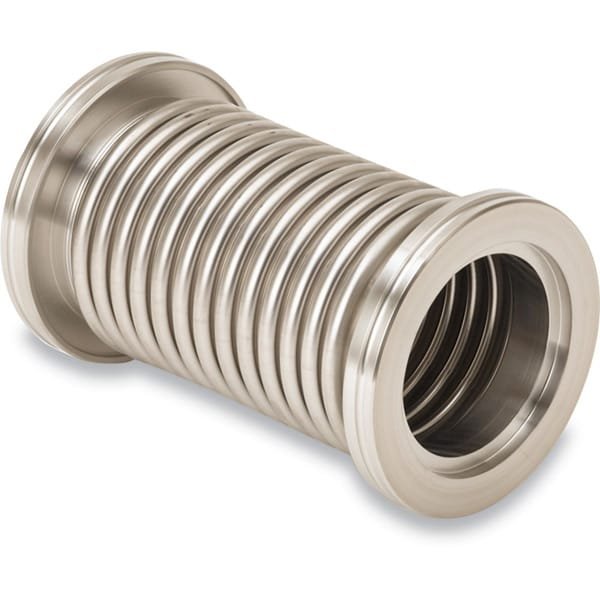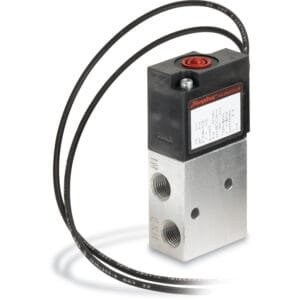Introduction to ISO Flanged Formed Bellows
At TFM, we specialize in manufacturing ISO flanged formed bellows designed specifically for high vacuum (HV) systems. Our bellows are crafted from 300 series stainless steel flexible hoses and 304L stainless steel ISO flanges, ensuring durability and reliability in demanding environments.
Types of ISO Flanges
The ISO flanges, also known as Large ISO flanges, are available in two main styles for HV chamber ports:
- ISO-K Flanges: These utilize clamp fasteners for secure connections.
- ISO-F Flanges: These employ nut and bolt fasteners, offering a robust alternative.
Key Features of Hydro-Formed Bellows
Our hydraulically formed bellows feature several advantages:
- Durability: Flexible hoses are engineered to endure numerous flexing cycles without risk of cracking.
- Seam Integrity: Each bellows is seam-welded to minimize the potential for virtual leaks associated with lap-welded seams.
- Flange Style: The standard unbraided wall design includes ISO-K (clamped) style flanges, making them suitable for various applications.
- Flexibility: Unbraided flexible hoses can extend up to 10% beyond their live length and compress by up to 15%, providing excellent adaptability.
- Protection: Our braided flexible hoses incorporate a protective sheath that safeguards the convoluted hose from damage, enhancing their longevity and performance.
By choosing TFM’s ISO flanged formed bellows, you benefit from high-quality materials and precise engineering tailored for HV systems.





Reviews
There are no reviews yet.